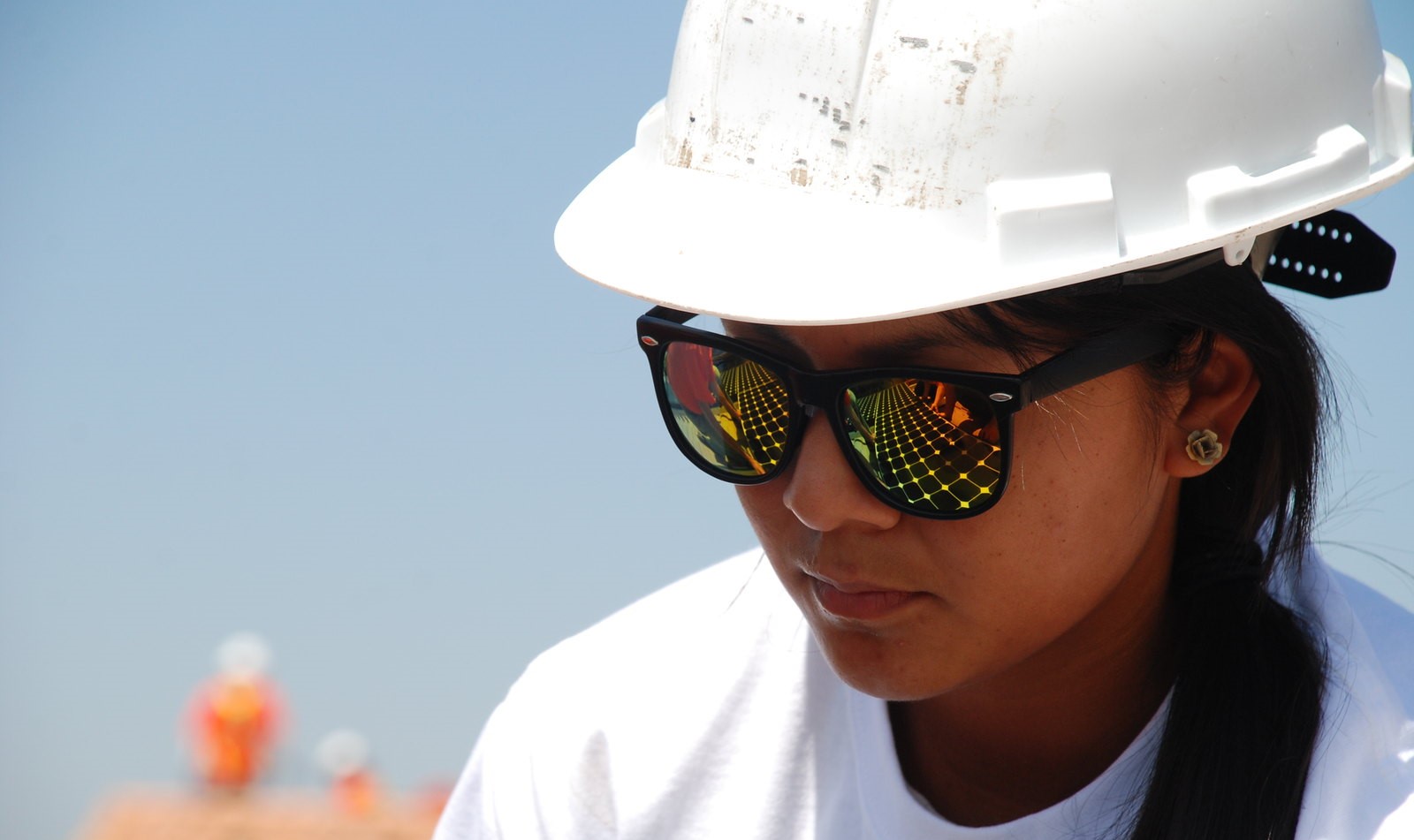As she runs through her day—from 6 a.m. to 2:30 p.m.—she fires off an impressive list of tasks she’s recently completed. Hanging racks. Working on lighting and power. Pulling MC cables. Reading prints. Putting in a new fire alarm. Pulling and splicing wires. Running pipe. The list is extensive and wide-ranging, and I’m making a mental note to look up some of these terms after we part ways.
She admits a lot of this work is new, even to her, and that’s what makes it exciting. And it doesn’t hurt that she’s getting really good at it, too; she’s especially proud of her pipe run, which she explains requires complex calculations and labor-intensive hand bending (in contrast to simpler electrical bending).
“Electrical work wasn't really my go-to, but I'm loving it now,” she shares. “Civic Works had a speaker come in, and they gave a little more insight. It made me think, ‘This might not be too bad, maybe easier than I thought.’ But it’s not easy at all! Electrical work is a lot to learn. It’s a learning process you can learn for the rest of your life.”
Fortunately, Asia has the opportunity to continue on this path of lifelong learning if she wants to. Clean energy careers, like those offered through the Climate Corps, are only increasing in demand, and Asia feels reassured by the promise of a sustainable career. “I really feel like I can go somewhere with this. I’ve been getting a lot of compliments, saying I can go far based on how I’m doing now,” she asserts. “And I know for a fact there are a lot of opportunities … a lot of jobs coming up. That’s just the reality. With the economy, with the way life is going right now, everything is electrical. So, the jobs are just going to keep coming.”
“With it being a union, everybody is like family.”
A core tenet of the Climate Corps is that green jobs must be good jobs. That means an intentional focus on building career pathways and creating training curricula that provide corps members with the skills to secure union apprenticeships. This track, as Asia’s story shows, helps ensure America’s burgeoning clean energy workforce receives the benefits that come with union membership: secure employment, a higher standard of living, and safer working conditions for all.
Transitioning from an employer known for its union-busting to an apprenticeship with IBEW, the oldest and largest electrical union in the world, Asia’s working conditions, quality of life, and sense of job satisfaction have dramatically improved. Describing the night-and-day contrast, Asia reflects, “It’s pretty great. With it being a union, everybody is like family. They treat each other like brothers and sisters. The journeymen that I have are very great people. They look out for me. They treat me great. I get fed, which is great. As a journeyman, when I top out, I’ll probably do the same for my apprentice.”
The Climate Corps envisions a clean energy workforce where people uplift each other, and Asia’s story shows us this is possible when we prioritize human potential. By investing in the next generation of workers and equipping them with the right skills and support, we can cultivate a thriving workforce.




.png)


